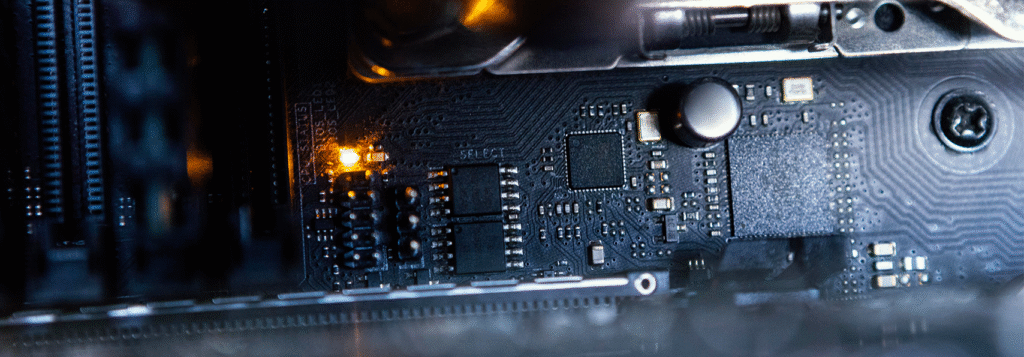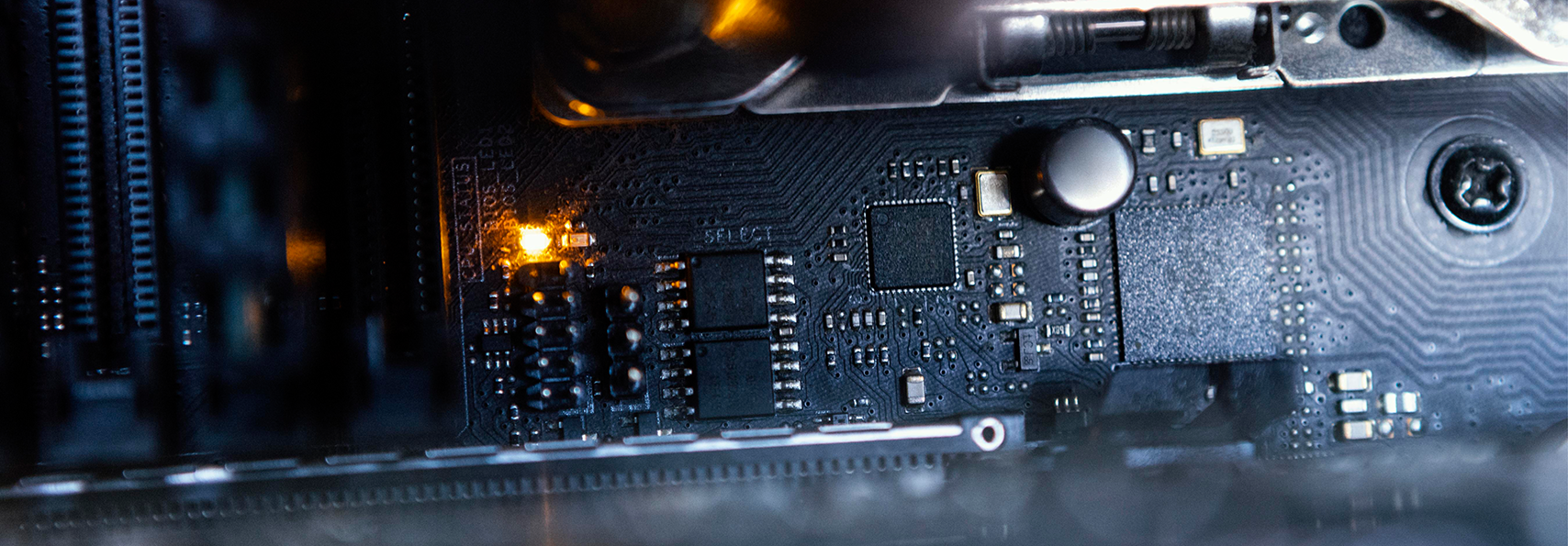
Voices of Innovation
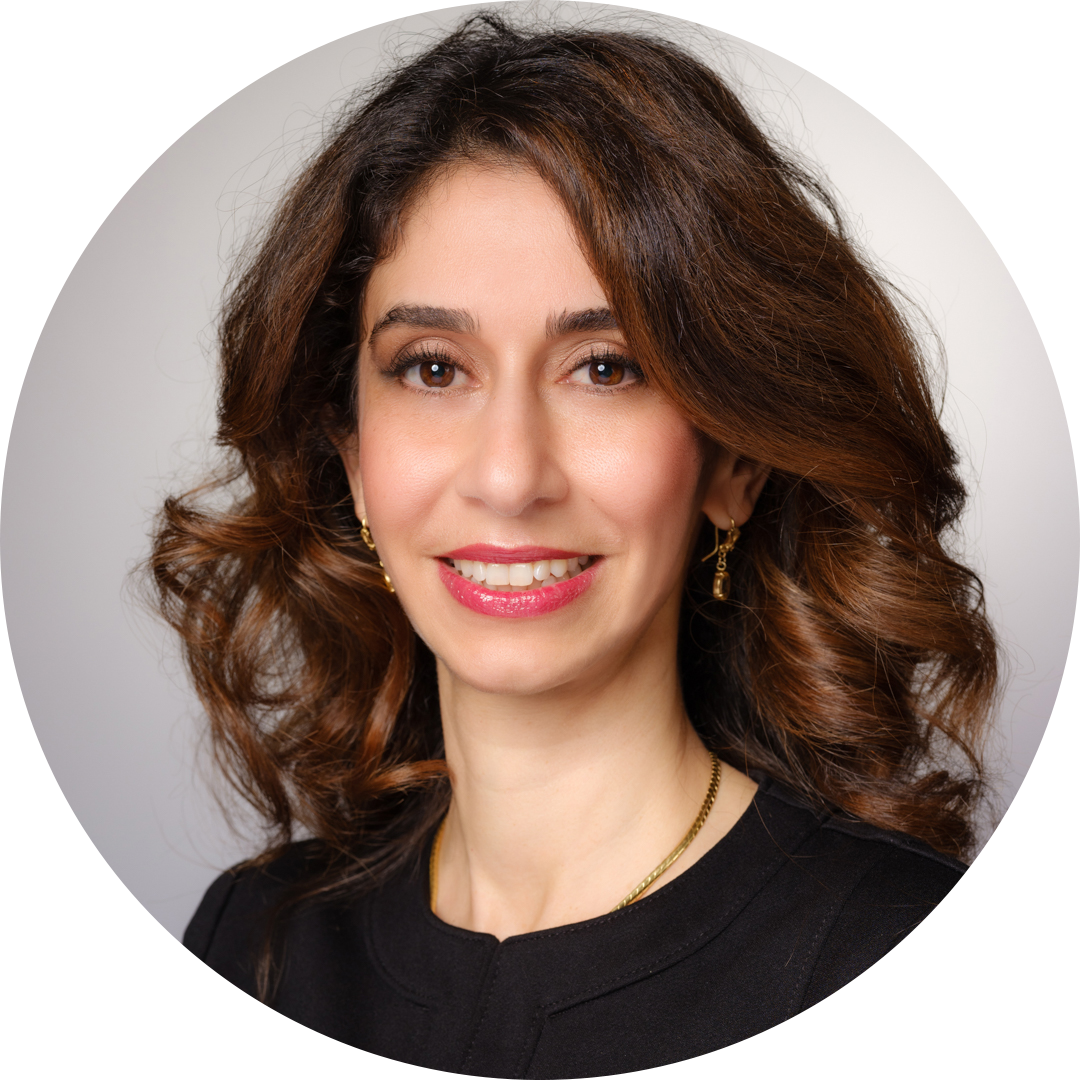 Sanaz Sheybani
Sanaz Sheybani
Sales and Application Engineer,
Leach International Corporation
“Our “Voices of Innovation” interview series spotlights key contributors at Leach International. We speak with engineers and leaders about their work in aerospace technology, their experiences at Leach, and their thoughts on future industry developments.”
Canh Tran, Principal Manufacturing Engineer
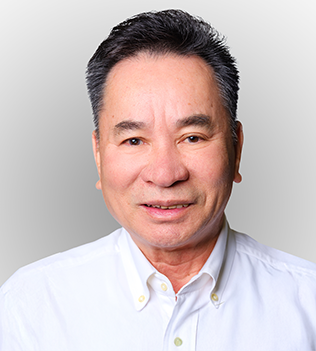
It’s been a long career at Leach! What were your early days like, how did it all begin?
Well, it all started back in 1977, when I joined Leach Relay Division in Los Angeles as an engineering aide. Throughout those early years at Leach, I gained a deep understanding of how our products were developed. I was always fascinated with the methodology of product assemblies for electromechanical relays and how these complex designs would impact their service life. Through numerous years of conducting product analyses – looking at product improvement and production efficiency – I gained lots of professional development.
What exactly is a Manufacturing Engineer, and what does your typical work day look like?
A Manufacturing Engineer’s main role is to oversee the production builds, making sure that the build process is strictly followed, and developing techniques to ensure an efficient production process. This also includes a handful of day-to-day problem-solving issues. Whether it’s my support with tooling, material issues, or design improvements, my day is really all about finding ways to improve the production process.
Application of strong analytical and problem-solving techniques to resolving existing production and manufacturing line issues is one of the keys to being an effective Manufacturing Engineer. Aside from that, an ME also provides technical support to engineering projects, sustaining engineering, scrap analysis – that’s examining rejected or defective parts to determine why they failed and how to prevent similar defects in the future – and implementation of root-cause corrective actions.
What was the technical challenge or achievement that led to your KXDL relay Development Achievement Award in 2006 or your Division President’s Special Commendation Award in 1985?
Back in 2006, there was a growing market demand for relays that could be used in space applications. I took the lead on a project to develop a relay that wasn’t just compact and lightweight, but also had to handle switching high current. It was quite a challenge! This development work eventually led to me receiving the KXDL Relay Development Achievement Award later that year. Looking back on it, that project really pushed our engineering boundaries in exciting ways.
You have helped to design some of Leach’s most popular and complex products. Which one stands out and why?
The electromechanical relay, the KXDL family series, stands out the most to me since it’s a product
that’s used most frequently in the field. We’re proud of this one because not only does it have high
current switching capabilities, but it’s also very lightweight and reliable in service life.
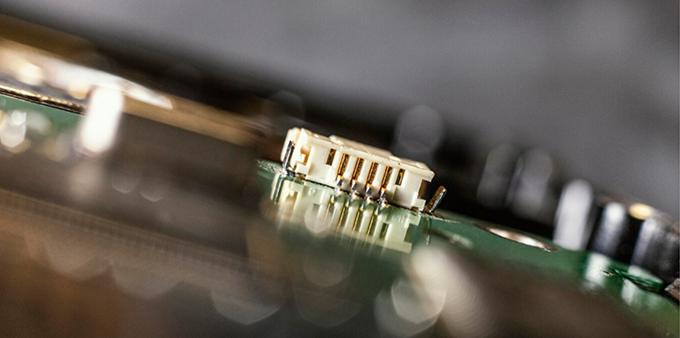
Which manufacturing process improvement have you implemented that you’re most pleased with?
I’m most pleased with the improvement in the relay adjustment technique and sealing processes. For the relay adjustment technique, we’re talking about fine-tuning the mechanical settings – things like contact spacing and spring tension – that determine how quickly and reliably the relays operate. I managed to enhance these processes, which improved the overall performance and service life of our relays.
How do you approach teaching and mentoring the engineers you supervised?
I’ve had the greatest pleasure of teaching and mentoring the engineers that I’ve supervised over the years. As someone who’s had such a long career working with these products, I find that what matters most for engineers is to collaborate and share knowledge with each other. When I’m overseeing the development of new methodologies, I make sure that the engineers conduct deep analyses to find any potential impacts on product reliability. That’s really where the learning happens, in that analytical process where we discover how everything connects together.
After nearly five decades at Leach, what advice would you give to new engineers joining the company?
My advice for new engineers joining the company would be to master the fundamentals and not to be afraid to ask questions. As engineers, we can’t simply solve the “what” of assignments, we must also look for the “why” and “how”. Taking that extra step to understand the deeper principles makes all the difference in developing effective solutions.
What do you enjoy doing outside of work?
Outside of work, I spend a lot of time doing home improvement projects. As the handyman around the house, my engineering skills are always put to the test. My free time is mostly spent tending to my garden – I’ve got fruit trees, flowers, and lots of greenery that keep me busy. When I’m relaxing after all that, I enjoy listening to traditional Vietnamese music and just catching up on the news of the day. It’s a nice balance to the technical work I do here at Leach.

Sanaz Sheybani
Sales and Application Engineer at Leach International Corporation
With a Master of Science in Electrical Engineering and certifications in project management, marketing, and operations, Sanaz brings expertise to Leach Corp. Fluent in English, French, and Persian, she excels in global communication. Previously, Sanaz led projects developing anti-icing windshield heaters for light commercial jets. Outside work, she enjoys travel, skiing, scuba diving, culinary adventures, and dancing.

